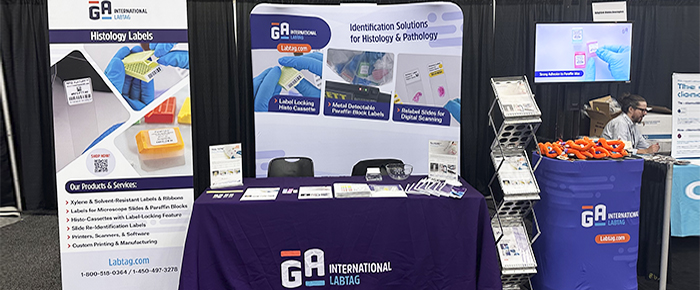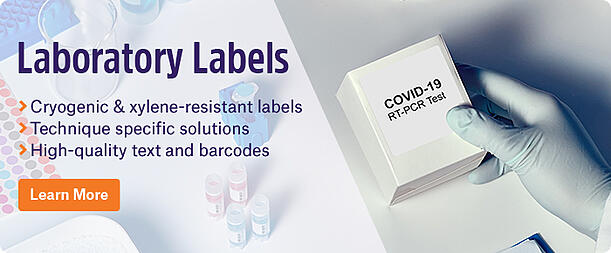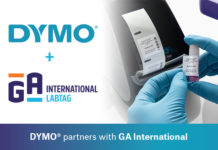
Now that COVID-19 is no longer a global health emergency, in-person meetings are becoming the norm again, thanks to relaxed government regulations and a need for more scientific engagement.1,2 With more than two years gone since the COVID-19 pandemic, it’s worth revisiting just what makes in-person scientific conferences so special and how to get the most out of them for your lab as well as your research career.
Prepare
Preparation is key, especially if you’re presenting at a conference. Remember to have the digital file of your presentation designed well in advance; revisions will likely be needed, especially as new data is analyzed prior to the conference. If a poster is needed, it pays to have it professionally printed to avoid potential last-minute problems with the printout.
Network
Networking with other scientists is arguably the most critical thing that can be done at scientific conferences. While the information gleaned from talks is certainly valuable, having a platform to meet the presenting researchers and communicate with them about their work and yours is likely to lead to new ideas, collaborations, and opportunities that can kickstart new long-term projects. New colleagues are likely to have fresh viewpoints, which is essential to looking at scientific hypotheses from all angles and attempting to discern the scientific truth about any system. Potent strategies to network include walking the show floor and viewing the other posters being presented. While it may be tempting to stay by your poster at all times, it is often worth the effort to stray, if even just a little. Also, consider attending any networking events being held during the conference.
Talk to vendors
Similar to scientific colleagues, vendors may also have different viewpoints or new technologies that can help solve scientific and/or laboratory problems. Though many vendors are likely already well known, their most up-to-date products may only be recently released, so it’s important to take some time to collect business cards and discuss products relevant to your work.
Take notes
Taking clear notes isn’t always easy, with so much information being relayed throughout large meetings. To that end, it may be worth bringing your laptop with speech-to-dictation software pre-installed. Sitting close to the speaker will help acquire each word spoken so that notes can be automatically transcribed. If you generate new ideas during a talk, this will also make it easier to jot them down, as you need not continuously pay attention to everything the presenter is saying in the moment.
Arrive early
Speaking of getting seats close to the presenter, it always pays to be early to scientific conferences and to stay organized. Prior to the meeting, it’s worth circling which talks and posters are most relevant, even writing up a schedule that pares down interesting presentations with their time slots and locations. Getting to the meeting early also ensures you’ll have ample time to network with other conference goers.
Follow up
Once the conference is over, it’s always worth reviewing all new scientists and vendors you’ve made contact with from the meeting and following up. Corresponding with them ensures the growth of the relationship, maximizing the potential benefit for both parties, whether it be in the form of future collaborations, sharing materials, or developing new hypotheses.
LabTAG by GA International is a leading manufacturer of high-performance specialty labels and a supplier of identification solutions used in research and medical labs as well as healthcare institutions.
Reference:
- Wise J. Covid-19: WHO declares end of global health emergency. BMJ. 2023;381.


